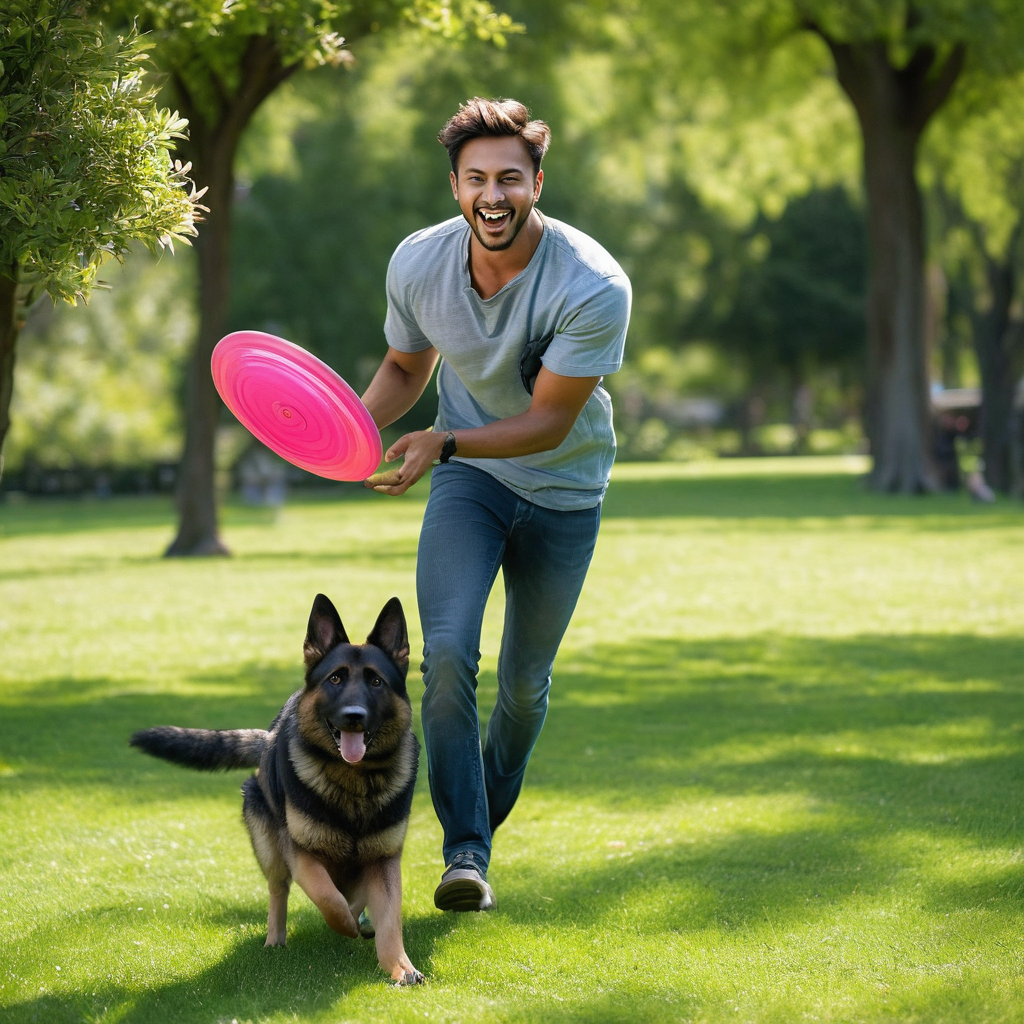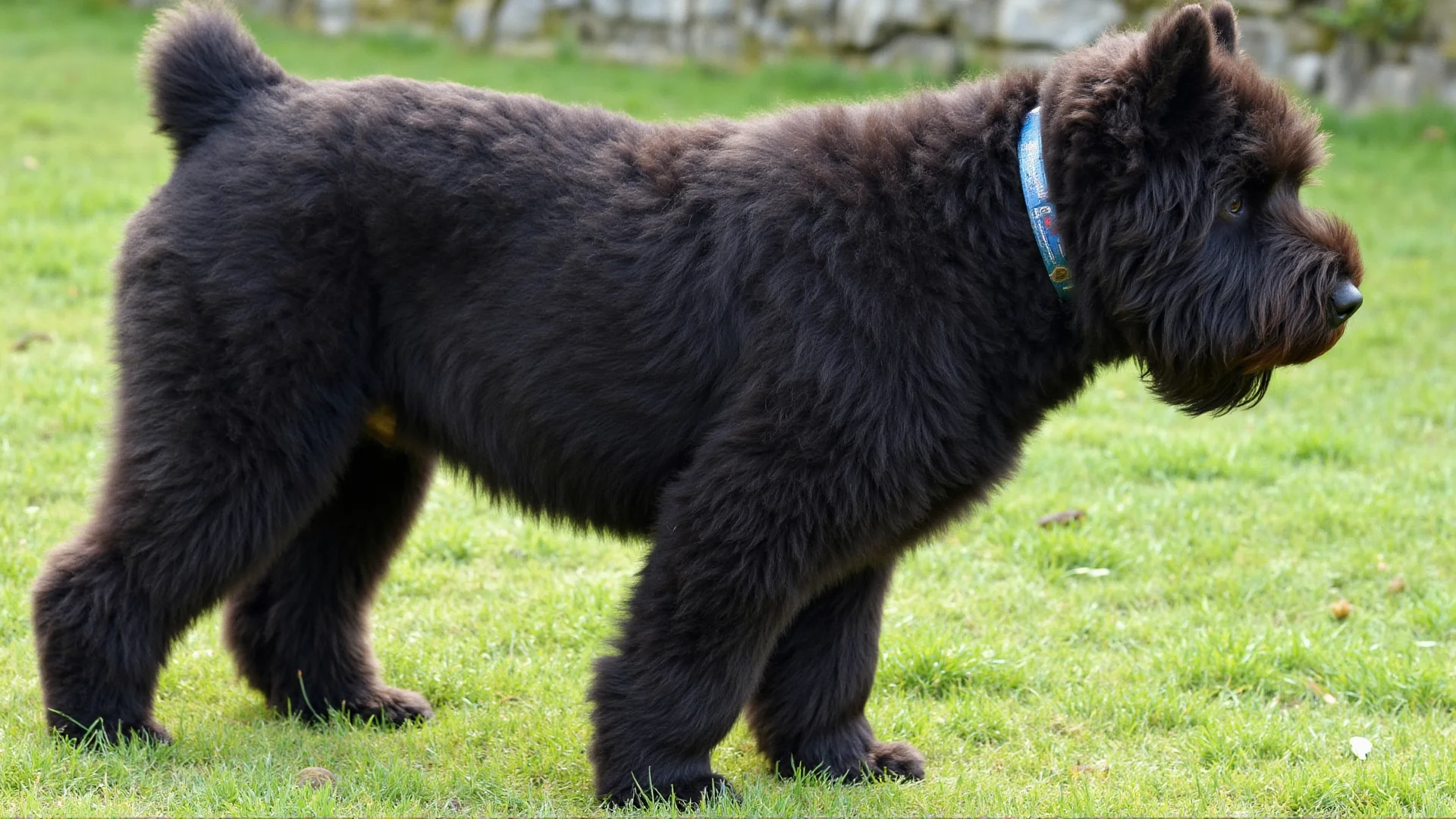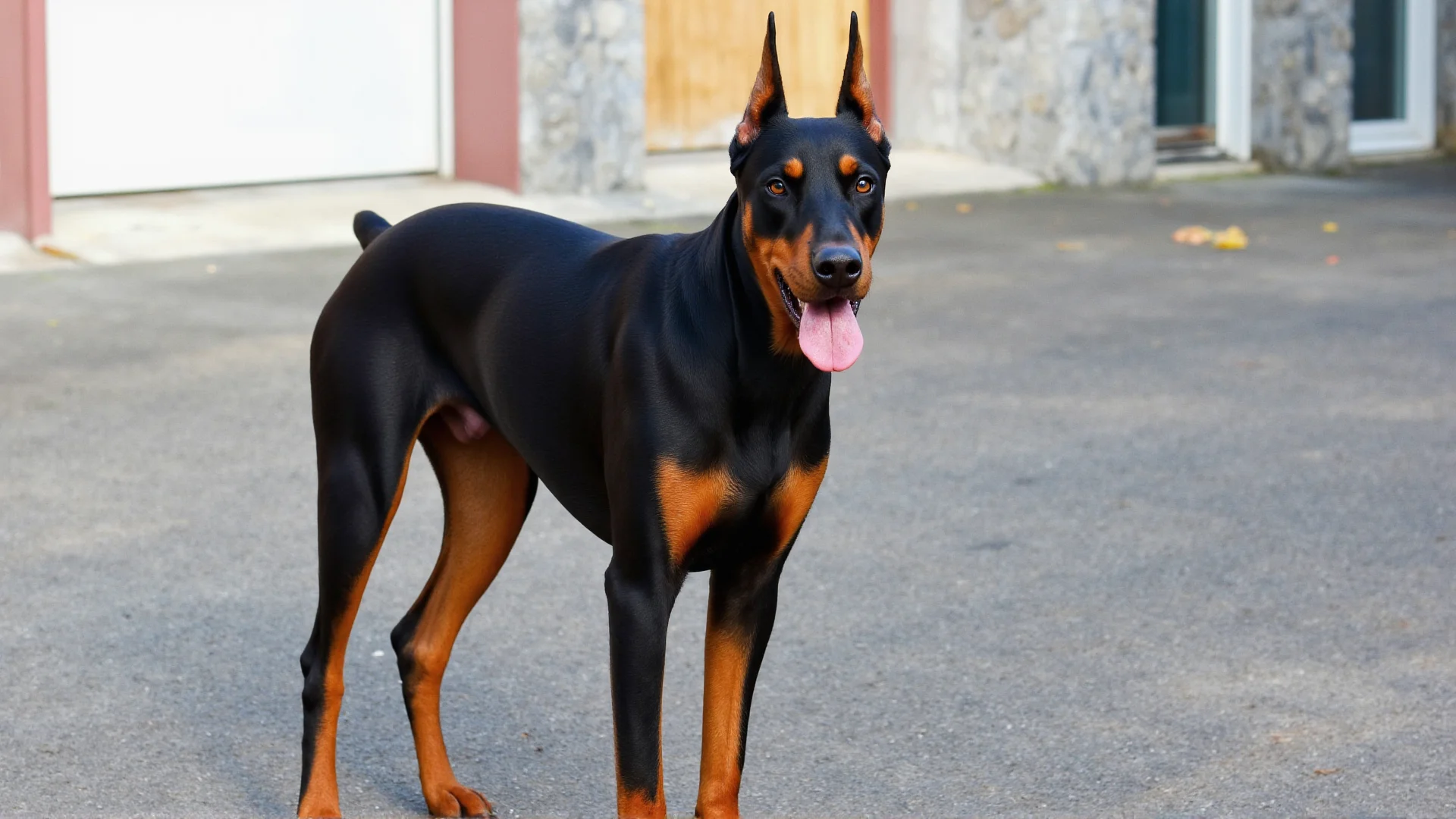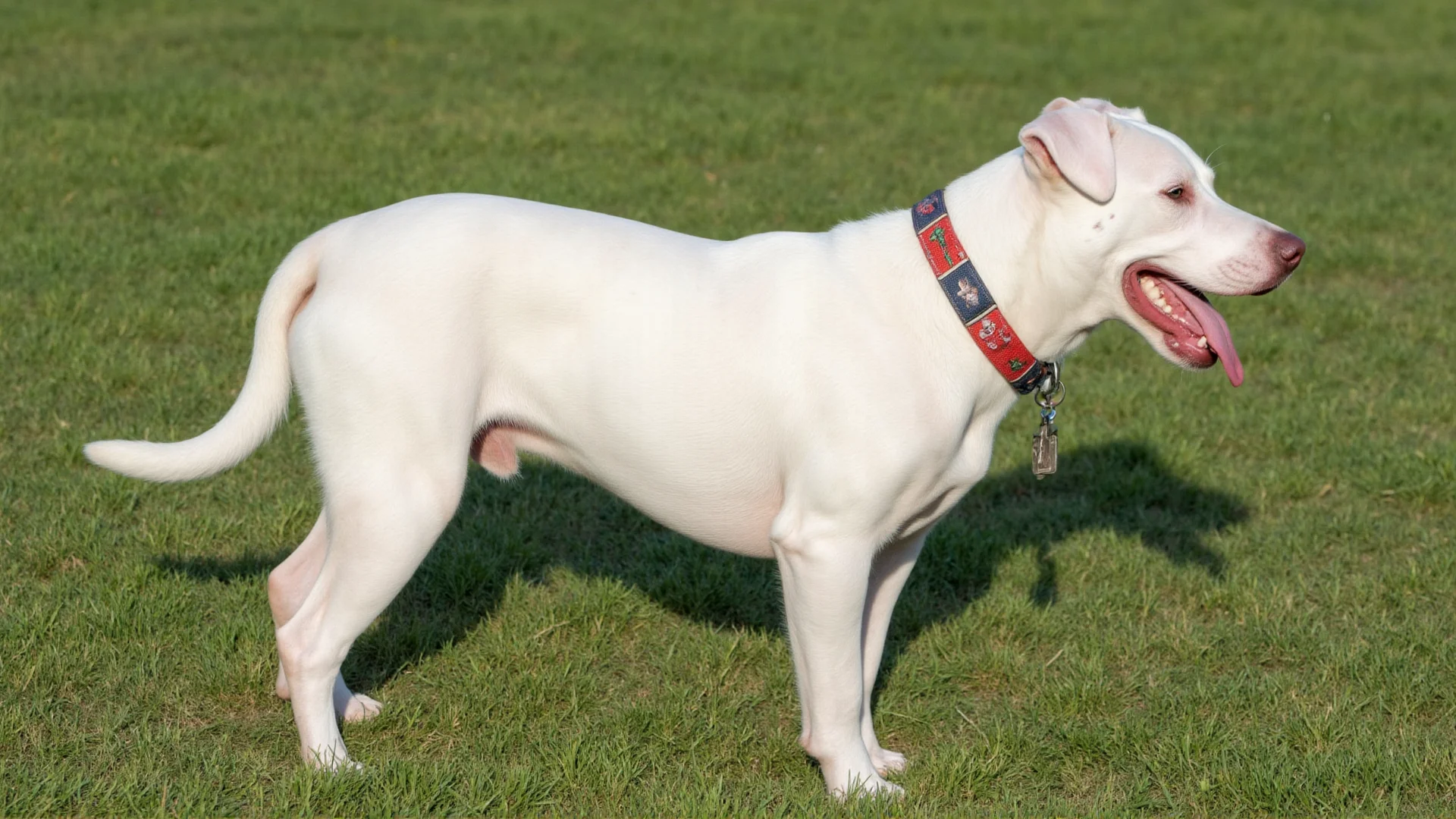Spanish Water Dog Water Work Training: Unleashing Their Natural Aquatic Abilities
The Spanish Water Dog (SWD) is a remarkable breed with an innate love for water and exceptional swimming abilities. Originally bred in Spain for herding and water retrieval work, these intelligent and athletic dogs possess natural instincts that make them excellent candidates for various water-based activities. Whether you're interested in competitive water sports, practical water work, or simply want to provide your SWD with enriching activities that tap into their heritage, proper training is essential.
Understanding the Spanish Water Dog's Water Heritage
Before diving into training techniques, it's crucial to understand what makes Spanish Water Dogs such natural water workers. These dogs were historically used by Spanish fishermen and farmers for retrieving nets, herding livestock, and even assisting with boat operations. Their distinctive curly, waterproof coat and webbed feet are evolutionary adaptations that make them perfectly suited for aquatic work.
The breed's intelligence and eagerness to please, combined with their strong work ethic, create an ideal foundation for water work training. However, it's important to remember that while the breed has natural inclinations, individual dogs may vary in their comfort level and enthusiasm for water activities.
Essential Pre-Training Preparations
Health and Safety Considerations
Before beginning any water work training, ensure your Spanish Water Dog is in excellent health. Schedule a veterinary examination to confirm your dog is physically capable of swimming and water activities. Pay particular attention to:
- Joint health and mobility
- Cardiovascular condition
- Ear health (important for water work)
- Current vaccination status
Equipment and Safety Gear
Invest in proper equipment to ensure safe and effective training sessions:
- Properly fitted life jacket: Even excellent swimmers benefit from flotation aids during training
- Long training leash: Waterproof and floating varieties are ideal
- Water retrieval bumpers: Start with bright, floating training dummies
- Fresh water and towels: For post-training cleanup and hydration
- First aid kit: Include items specific to water-related injuries
Phase 1: Water Introduction and Comfort Building
Starting in Shallow Water
Begin your Spanish Water Dog's training in very shallow, calm water where they can stand comfortably. This might be a kiddie pool, shallow lake edge, or calm beach area. The goal is to build positive associations with water before progressing to deeper areas.
Start by walking your dog on leash near the water's edge, allowing them to investigate and become comfortable with the environment. Reward calm, curious behavior with treats and praise. Some dogs may enter the water immediately, while others need more encouragement.
Encouraging Natural Entry
Never force your Spanish Water Dog into the water. Instead, use positive reinforcement techniques:
- Throw favorite toys just at the water's edge
- Use high-value treats to encourage forward movement
- Demonstrate enthusiasm yourself by wading in
- Practice basic obedience commands near the water to build confidence
Most Spanish Water Dogs will naturally begin to wade deeper as their confidence grows. This process might take several sessions, so patience is key.
Phase 2: Basic Swimming and Water Confidence
Supporting First Swimming Attempts
Once your SWD is comfortable wading in chest-deep water, you can encourage their first swimming attempts. Support them gently under the chest and belly as they begin to paddle, gradually reducing support as they become more confident.
Spanish Water Dogs typically have excellent natural swimming form, but some may need guidance to keep their hindquarters up. Practice short swimming distances initially, always ensuring your dog can touch bottom easily if needed.
Building Swimming Endurance
Gradually increase swimming distances as your dog's strength and confidence improve. Start with 10-15 yard swims and progressively extend the distance. Monitor your dog for signs of fatigue:
- Heavy panting
- Difficulty maintaining proper swimming position
- Reluctance to continue
- Changes in swimming rhythm
Phase 3: Introduction to Water Work Tasks
Basic Retrieval Training
Start retrieval training on land before transitioning to water. Ensure your Spanish Water Dog has a solid "fetch" and "drop it" command before proceeding. Begin water retrieval with:
- Shore-based throws: Throw floating bumpers just offshore where your dog can wade to retrieve
- Short swimming retrieves: Gradually increase distance as confidence builds
- Multiple retrieves: Practice consecutive retrievals to build working stamina
- Directional cues: Teach hand signals for left, right, and straight-ahead cues
Advanced Water Work Skills
Once basic retrieval is mastered, Spanish Water Dogs can learn more complex water work tasks:
- Blind retrieves: Sending dogs to retrieve objects they haven't seen fall
- Multiple marks: Remembering and retrieving several objects in sequence
- Honor training: Remaining steady while other dogs work
- Boat work: Entering and exiting boats, working from watercraft
Training Tips for Success
Maintaining Motivation
Spanish Water Dogs are intelligent and can become bored with repetitive training. Keep sessions engaging by:
- Varying training locations and water conditions
- Mixing different types of retrieval objects
- Incorporating play and games into training sessions
- Keeping sessions relatively short (20-30 minutes) but frequent
Weather and Water Conditions
Train in various conditions to prepare your dog for real-world water work:
- Calm and choppy water
- Different water temperatures (with appropriate safety measures)
- Various weather conditions
- Different water types (lakes, rivers, ocean)
Common Challenges and Solutions
Water Reluctance
Some Spanish Water Dogs may show initial reluctance despite their breed heritage. Address this by:
- Slowing down the introduction process
- Using higher value rewards
- Training with confident water dogs as examples
- Ensuring water temperature is comfortable
Overenthusiasm
Some SWDs may become so excited about water work that they break training protocols. Manage this by:
- Reinforcing basic obedience before water work
- Practicing impulse control exercises
- Using the water work as a reward for good behavior
- Maintaining consistent rules and expectations
Health and Maintenance Considerations
Post-Water Work Care
Proper care after water work sessions is crucial for your Spanish Water Dog's health:
- Ear cleaning: Dry ears thoroughly to prevent infections
- Coat care: Rinse salt or chlorine from the coat
- Paw inspection: Check for cuts, debris, or irritation
- Fresh water: Provide clean drinking water after sessions
Recognizing Overexertion
Monitor your dog closely during and after water work for signs of overexertion:
- Excessive panting that doesn't subside with rest
- Disorientation or unsteady movement
- Reluctance to continue activities they normally enjoy
- Changes in appetite or behavior
Competitive Water Work Opportunities
Spanish Water Dogs excel in various competitive water sports and working tests:
- Hunt tests and field trials: Traditional retriever-style competitions
- Water rescue training: Life-saving skills and certifications
- Dock diving: Distance and height jumping competitions
- Swimming competitions: Speed and endurance events
Building a Lifelong Water Partnership
Training your Spanish Water Dog for water work is more than teaching skills—it's about building a partnership that honors their heritage while providing mental and physical enrichment. The bond developed through water work training often becomes one of the strongest connections between dog and handler.
Remember that every dog progresses at their own pace, and the journey is just as important as the destination. Celebrate small victories, maintain patience during challenges, and always prioritize safety and fun. With consistent, positive training, your Spanish Water Dog can become an accomplished water worker while enjoying every splash along the way.
The natural abilities of the Spanish Water Dog, combined with proper training and dedication, create opportunities for incredible achievements in water work. Whether your goals are competitive, practical, or purely recreational, the time invested in water work training will pay dividends in your dog's happiness, health, and your mutual bond.




